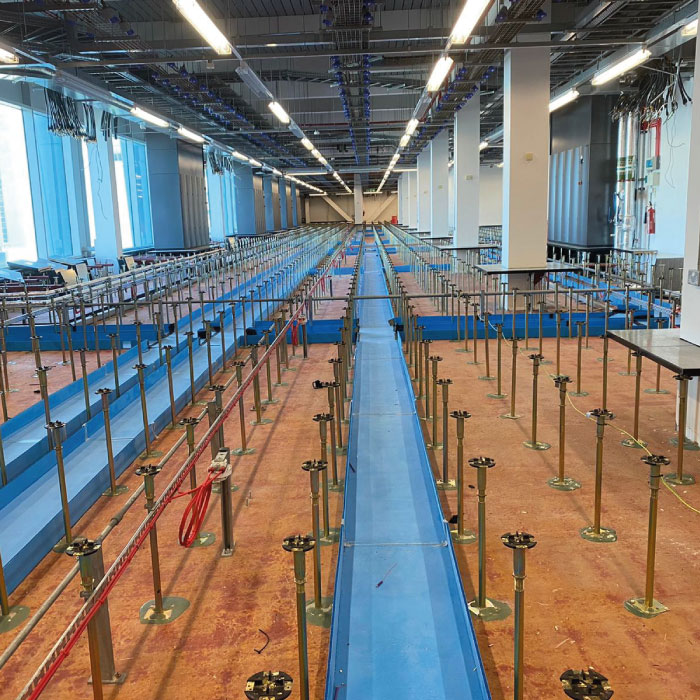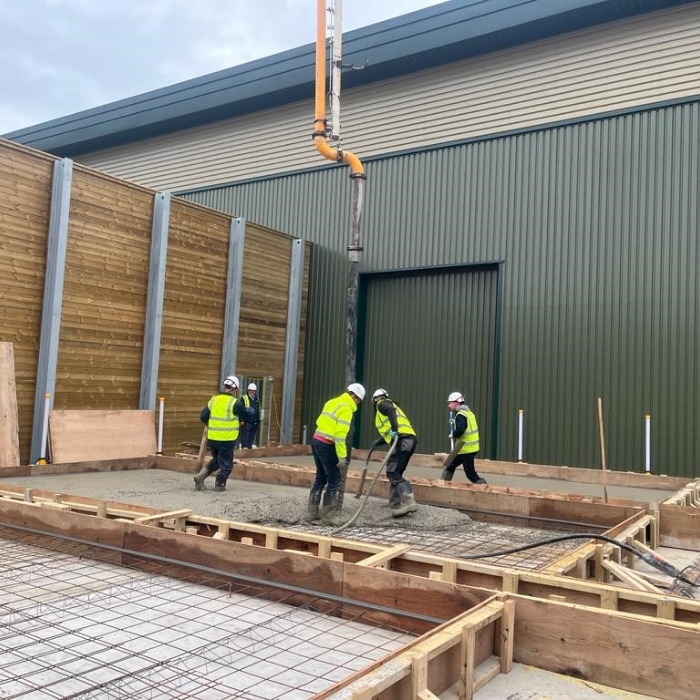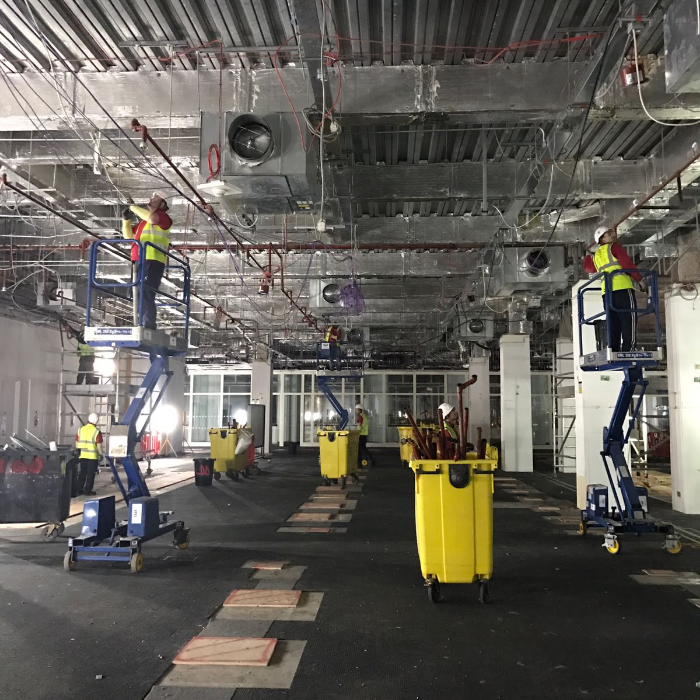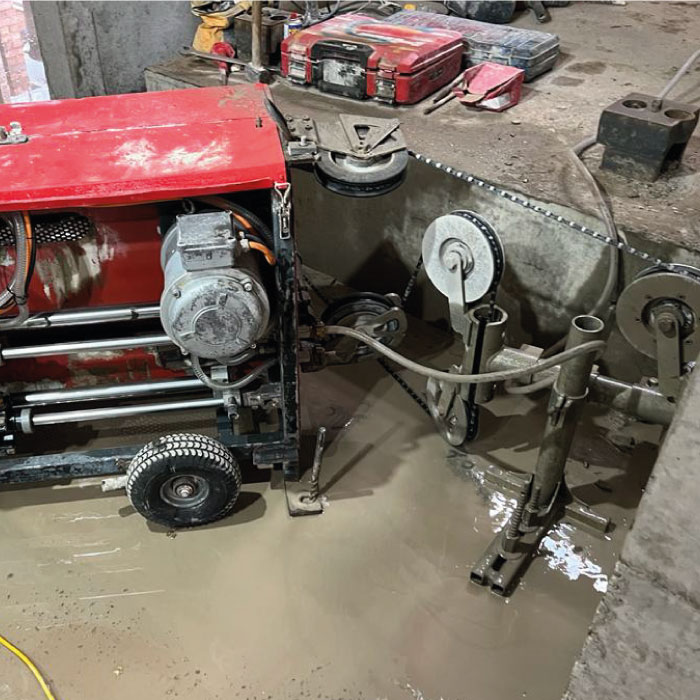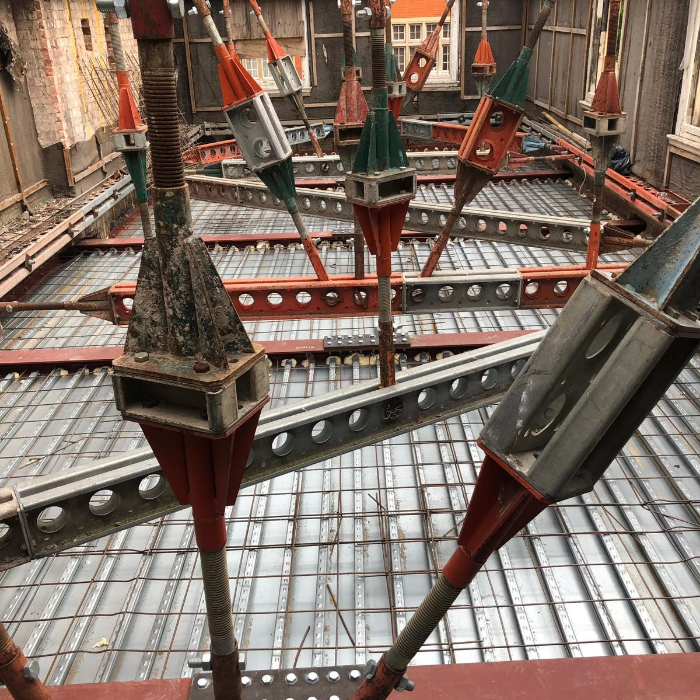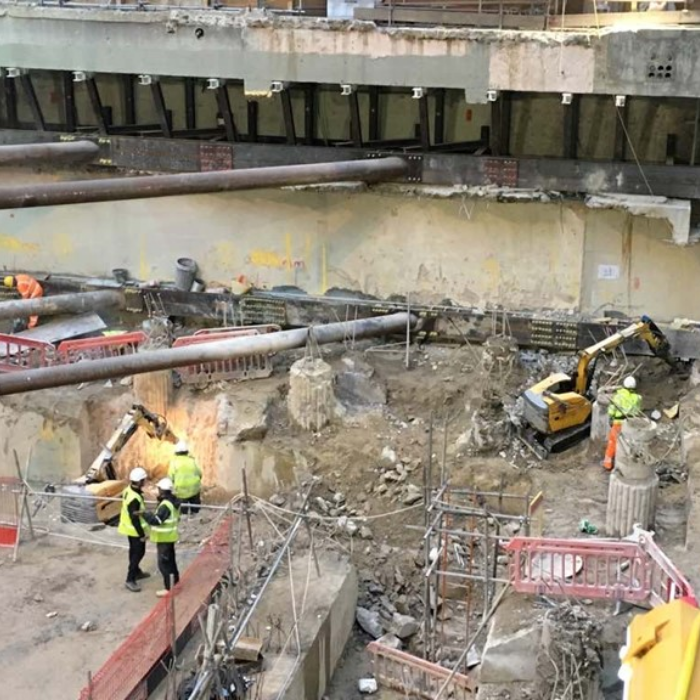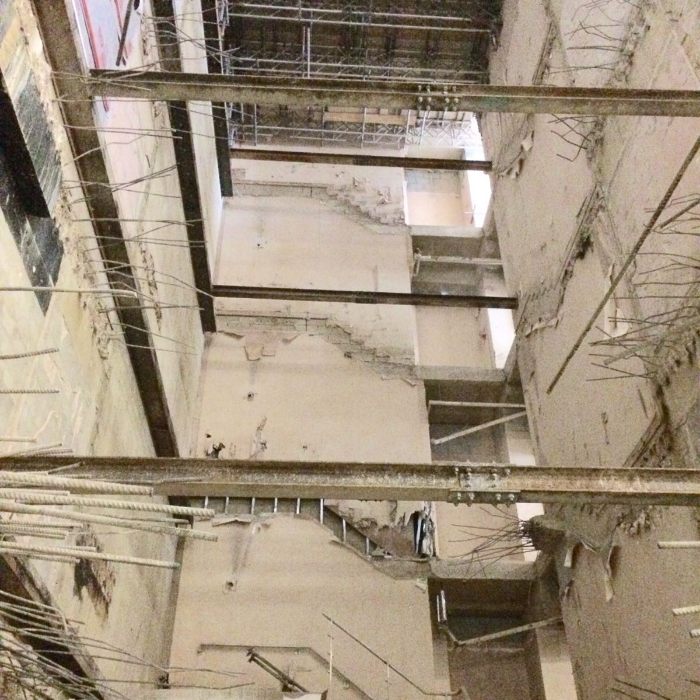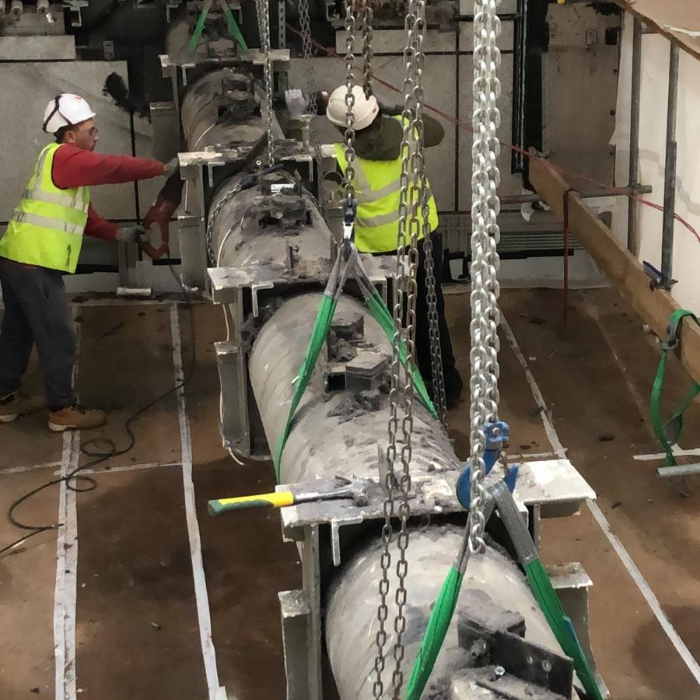We frequently deliver Strip Out projects where noise, logistics and environmental restrictions necessitate a bespoke approach
020 7277 3877
Call-back Form
Soft Strip Works
Soft Strip Works refer to the removal of non-load-bearing elements of a building or structure. This type of work typically involves removing items such as partitions, ceilings, and floor coverings, as well as any fixtures and fittings that are not part of the building's structure. Soft Strip Works are typically carried out in preparation for a renovation or refurbishment project, and are designed to leave the structural elements of the building intact. We understand the importance of carefully dismantling using fully trained and experienced labour. We are constantly investing in the latest equipment to ensure we can get the job done in the cleanest most efficient way.
Enabling Works
Enabling works refer to the preliminary activities or preparatory works that are necessary to facilitate a construction or renovation project. These works may include site surveys, soil testing, utility connections, and demolition of existing structures. Enabling Works are typically carried out before the main construction work begins to ensure that the site is ready and suitable for the planned development.
Sympathetic Strip Out
Sympathetic Strip Out refers to the careful and considerate removal of non-structural elements of a building while ensuring minimal disruption to the functioning of live services or occupied areas. This type of Strip Out takes into account the presence of active utilities, such as electrical, plumbing, or HVAC systems, and aims to preserve their functionality during the renovation or refurbishment process. Sympathetic Strip Out in these situations involves strategic planning and coordination to maintain the smooth operation of the live services while carrying out the necessary removal works. This type of Strip Out is often used in heritage buildings or structures that are being renovated or repurposed.
Structural Strip Out
Structural demolition is the process of dismantling or destroying a building in a safe and controlled manner. It involves the use of various techniques and equipment to remove the building or structure and its foundations while minimizing the impact on the surrounding environment.
Structural Alterations
Structural alteration refers to any modification or change made to the existing structure of a building to accommodate changes in use or occupancy or to comply with building codes or regulations.
General Demolition
General demolition refers to the process of completely dismantling or destroying a structure or building, often to make way for new construction. This involves removing all of the building materials and debris, including the foundation, in a safe and controlled manner. General demolition may require specialized equipment and careful planning to ensure the safety of workers and the surrounding environment.
Concrete/Structure Demolition
A specialized type of demolition that focuses on the removal of concrete structures such as walls, floors, and foundations. This process involves the use of heavy equipment such as excavators, bulldozers, and jackhammers to break up the concrete and remove it from the site. Concrete/structure demolition requires careful planning and execution to ensure safety and minimize disruption to the surrounding area.
Mechanical Demolition
Mechanical demolition is a type of demolition that uses specialized equipment such as excavators, bulldozers, and cranes to dismantle a building or structure. This process involves using heavy machinery to knock down walls, remove floors, and dismantle the structure piece by piece. Mechanical demolition is often used for larger structures or buildings that cannot be easily demolished using other methods.
Call-back Form














